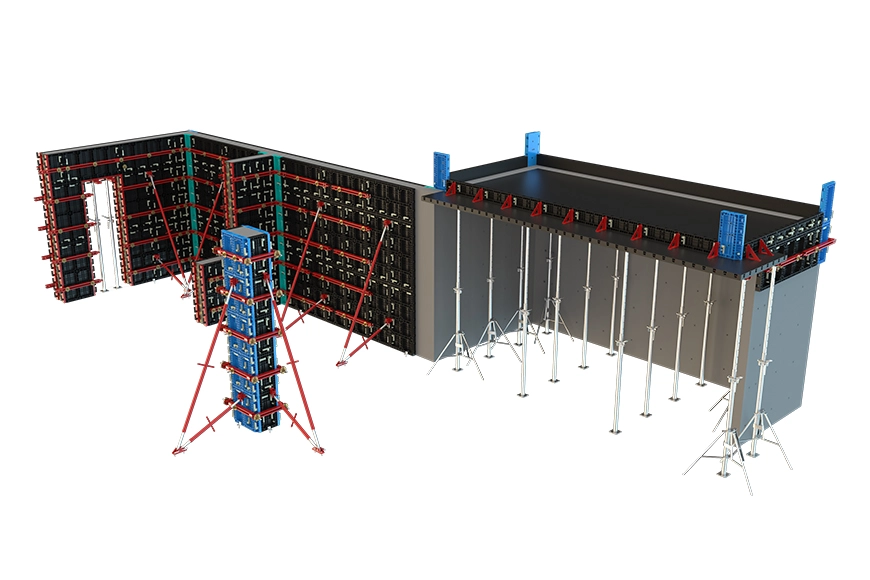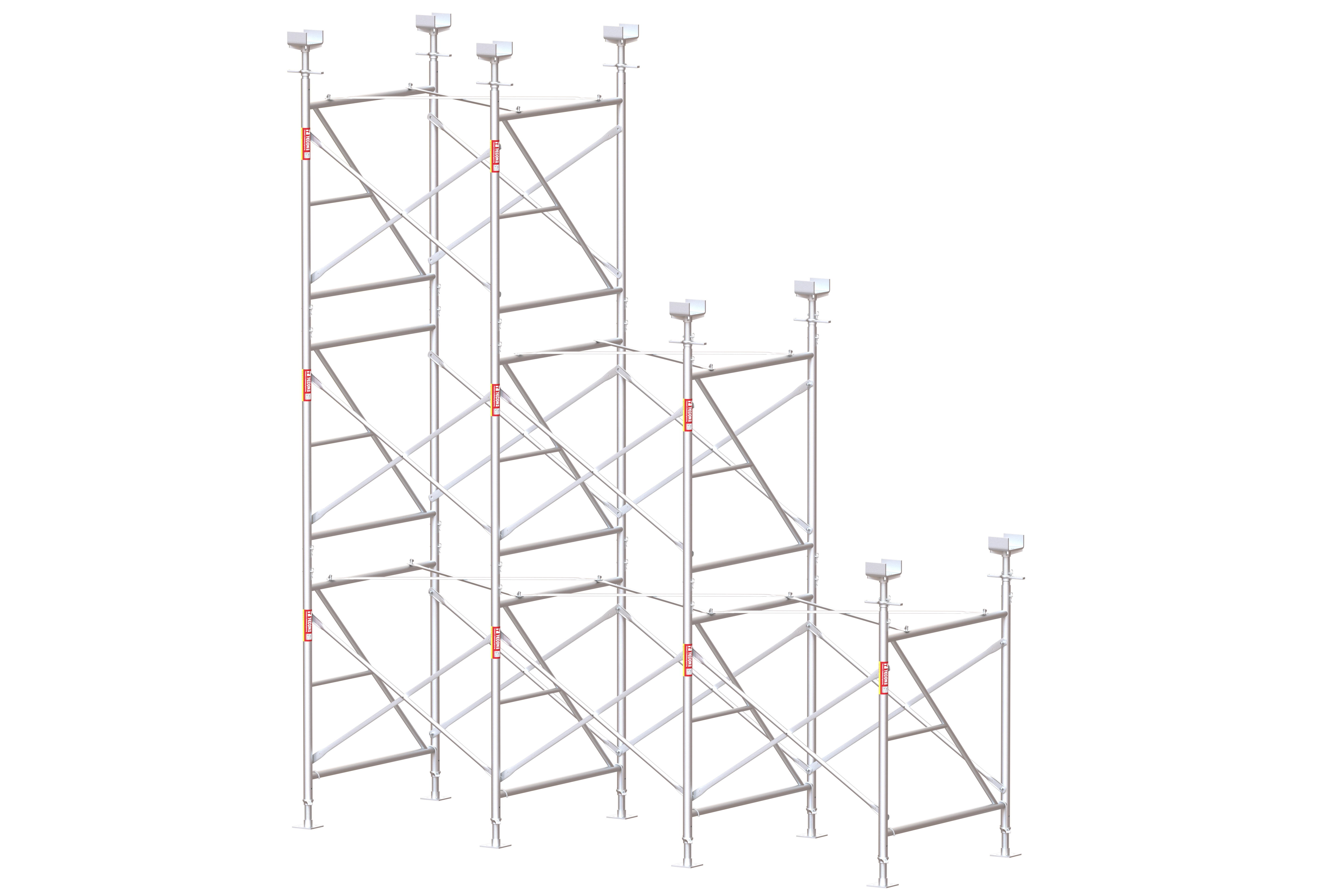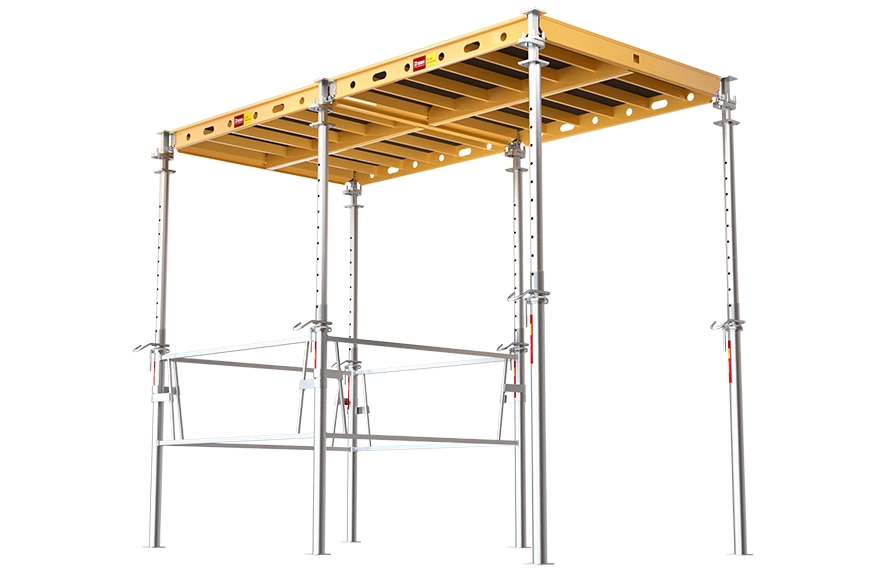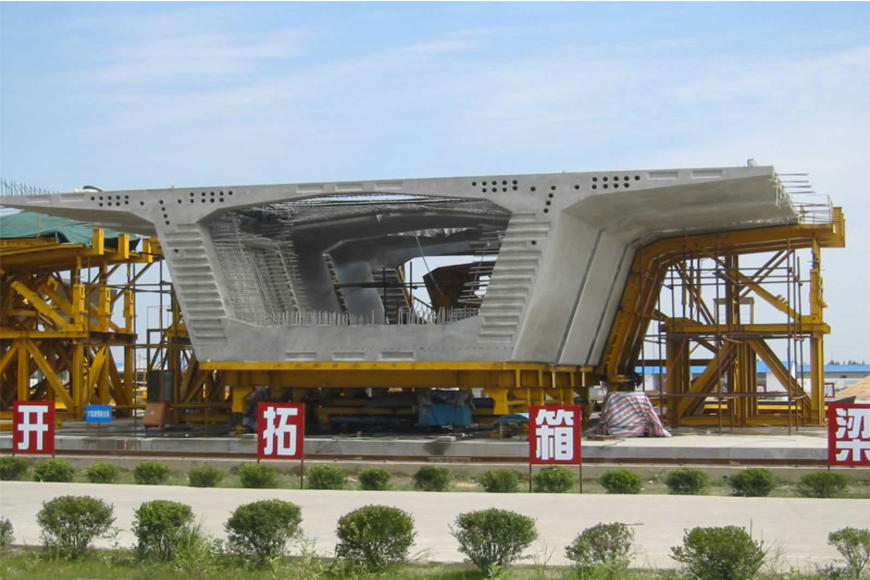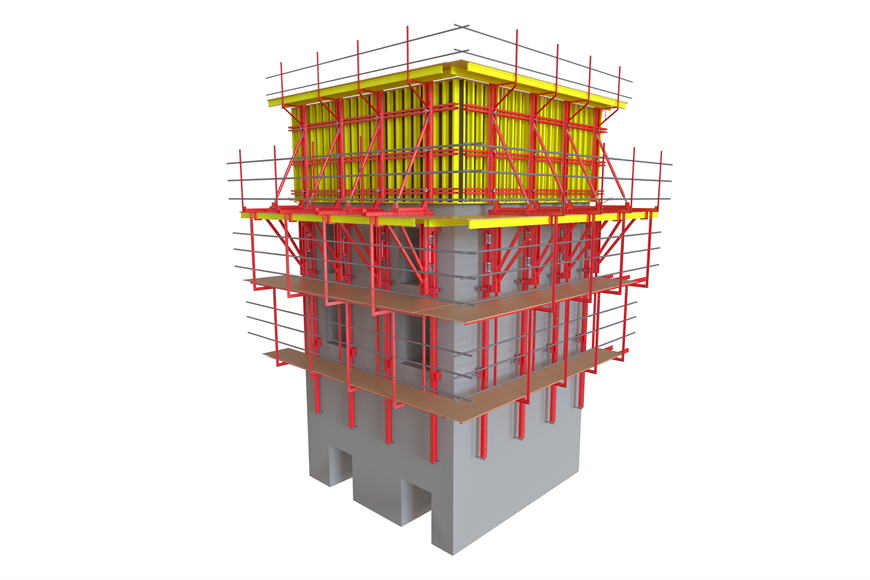The maintenance and upkeep of steel mould formwork are crucial for ensuring its long-term effective use. Here are some effective maintenance and upkeep methods:
After each use, the surface of the steel mould formwork should be immediately cleaned of concrete residues, dust, and other dirt. Tools such as a wire brush or a scraper can be used to clean stubborn stains on the formwork surface. For harder-to-clean dirt, a high-pressure water jet can be used, but care should be taken not to damage the formwork surface.
Before each use, a release agent should be evenly applied to the surface of the steel mould formwork to prevent concrete from adhering to the formwork, making it easier to remove the formwork.
Regularly inspect the surface of the steel mould formwork for scratches, dents, cracks, and other damages. Check bolts, pins, and other connectors for looseness, damage, or missing parts to ensure all connectors are securely fastened. Inspect adjustment devices for flexibility, damage, or jamming to ensure normal adjustment functionality.
In humid environments, steel mould formwork is prone to rust. Therefore, regular anti-rust treatment is very important. Anti-rust oil or anti-rust paint can be evenly applied to the formwork surface to form a protective layer.
The construction site should have a good drainage system to prevent rainwater from accumulating on the steel mould formwork. A drainage ditch can be set up below the steel mould formwork to ensure timely drainage of rainwater.
After rain, the steel mould formwork should be dried in time. A desiccant or fan can be used to accelerate the evaporation of moisture on the surface of the steel mould formwork to prevent rust and mildew.
When not in use, steel mould formwork should be stored in a dry and ventilated environment. Avoid placing the formwork directly on the ground; it is best to use wooden planks, shelves, or pallets to reduce contact with the ground and prevent moisture from the bottom.
When in contact with concrete, make sure to brush on the release agent properly. After removing the formwork, clean the surface slag immediately and reapply the release agent before further use. If disassembly is difficult, do not use a hammer or shake it forcefully; instead, use a lever from underneath the formwork to lift it, preventing damage to the formwork.
By taking the above measures, the service life of the steel mould formwork can be effectively extended, ensuring the safety of the construction process and the quality of the project.
